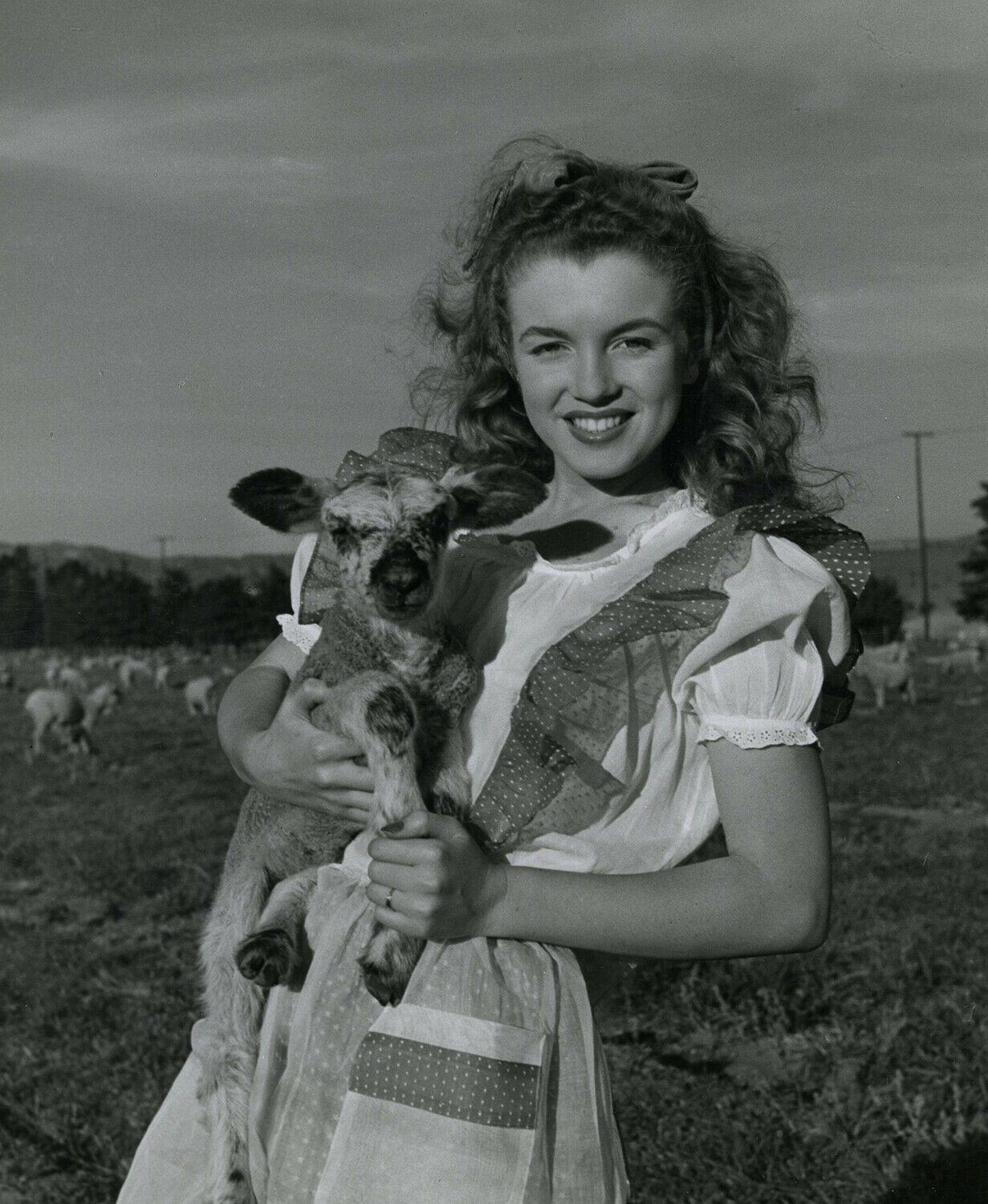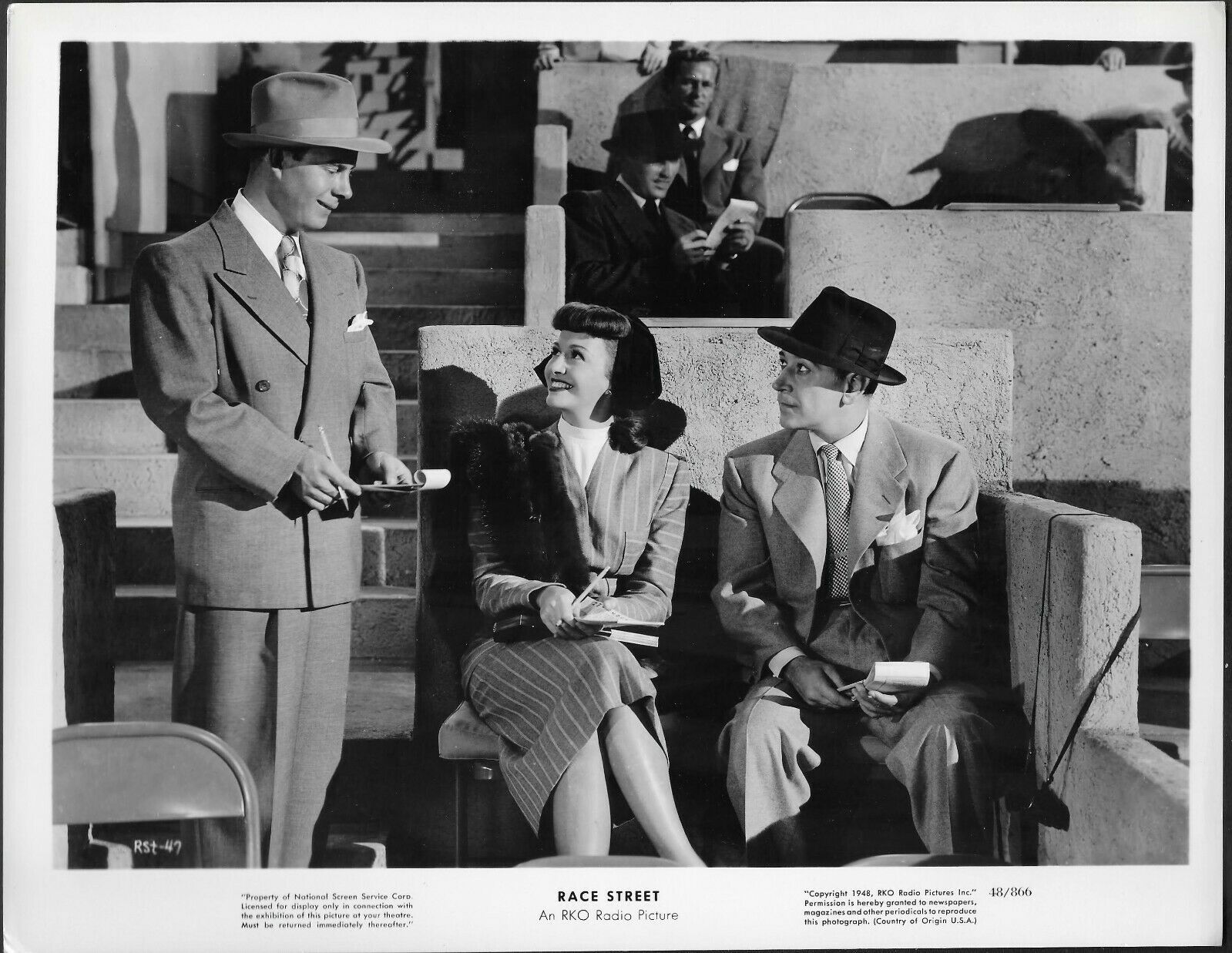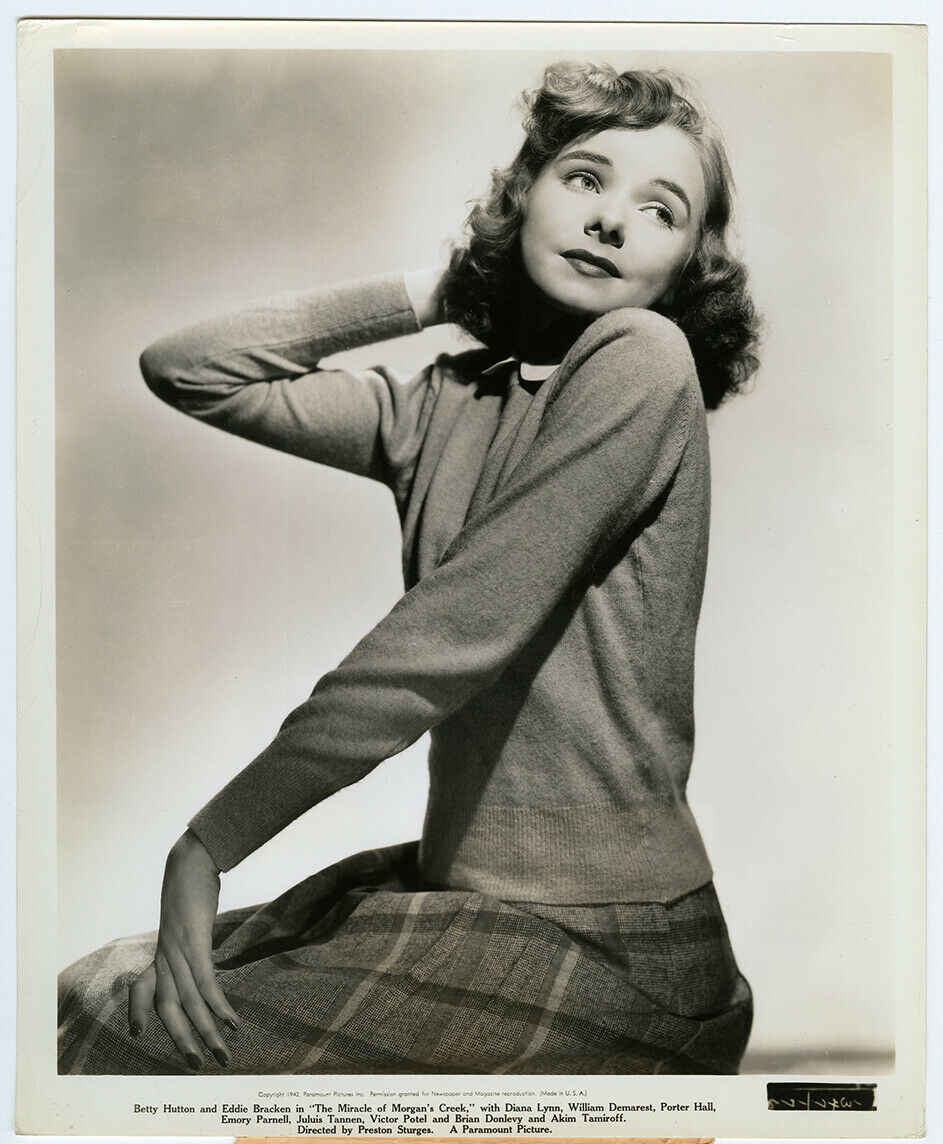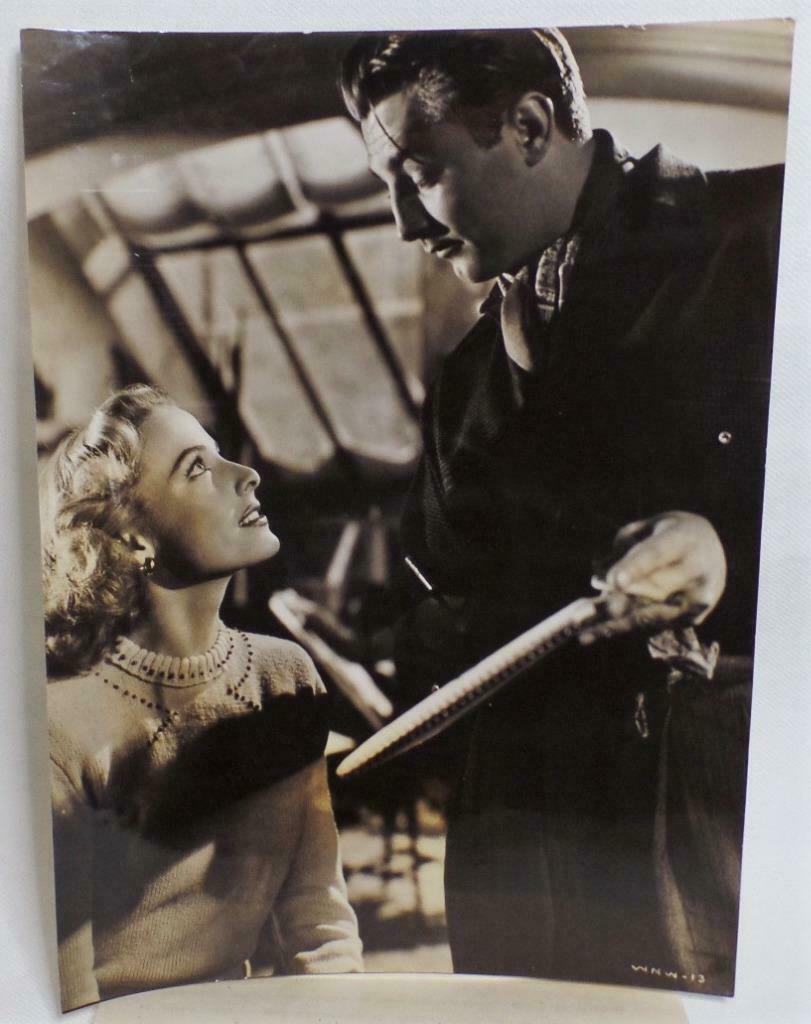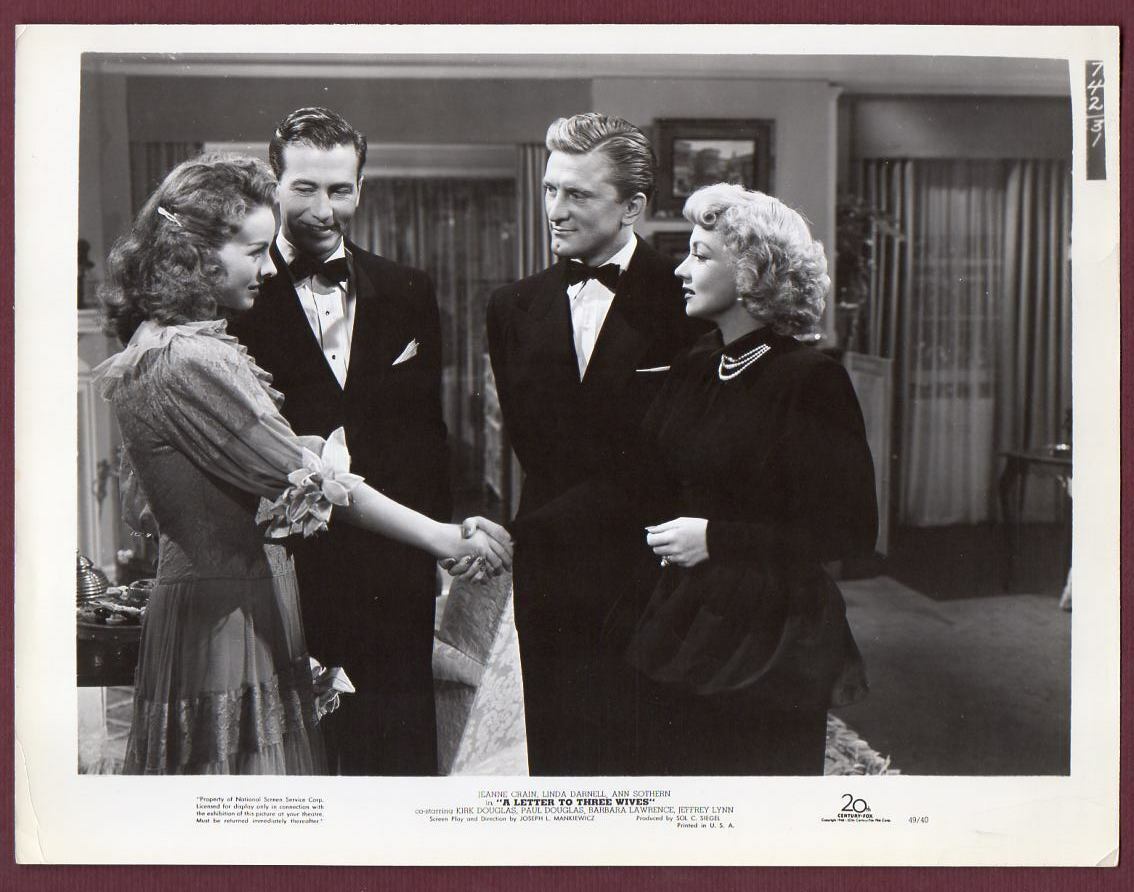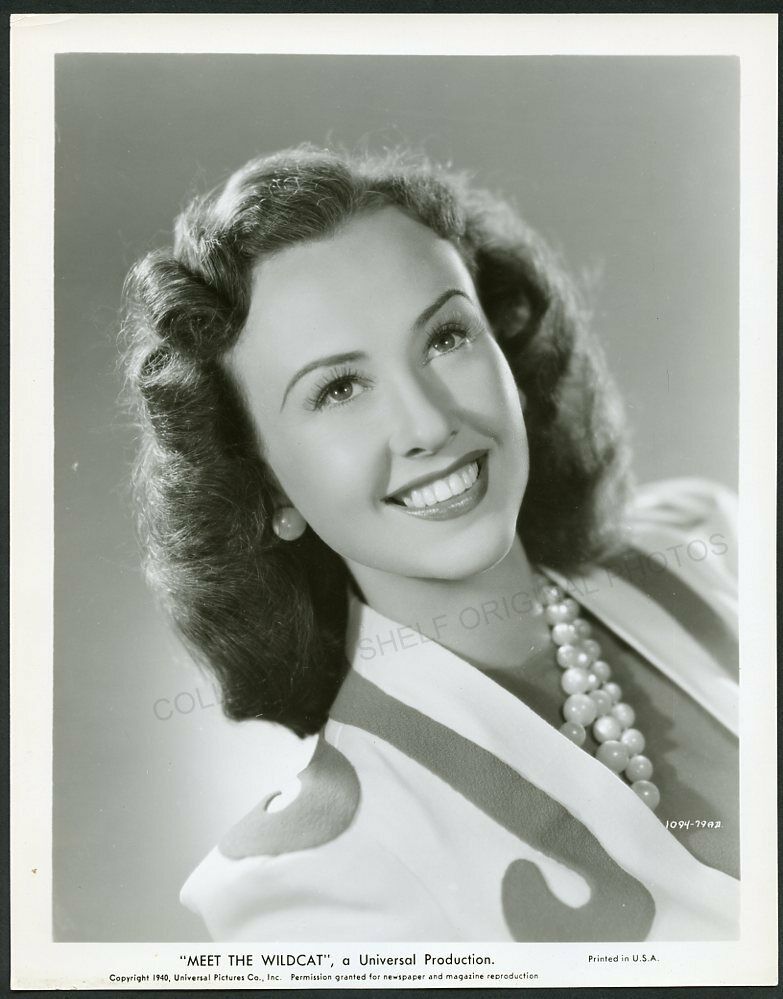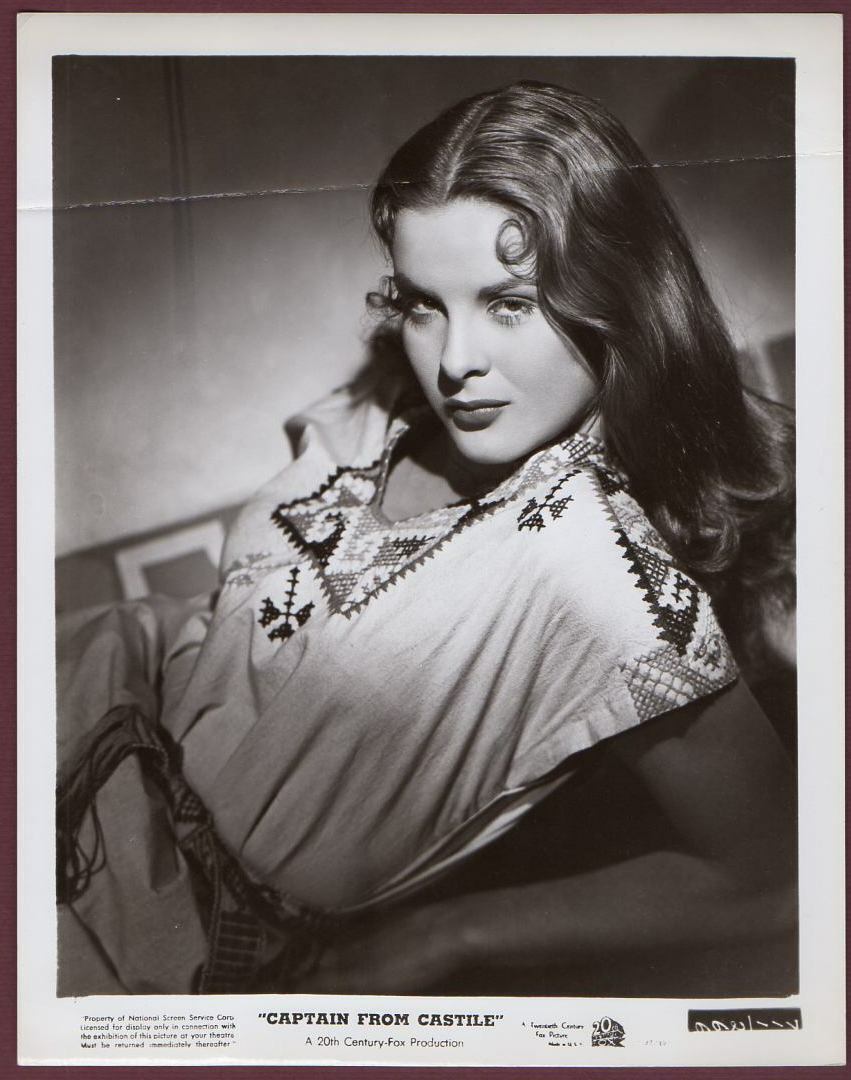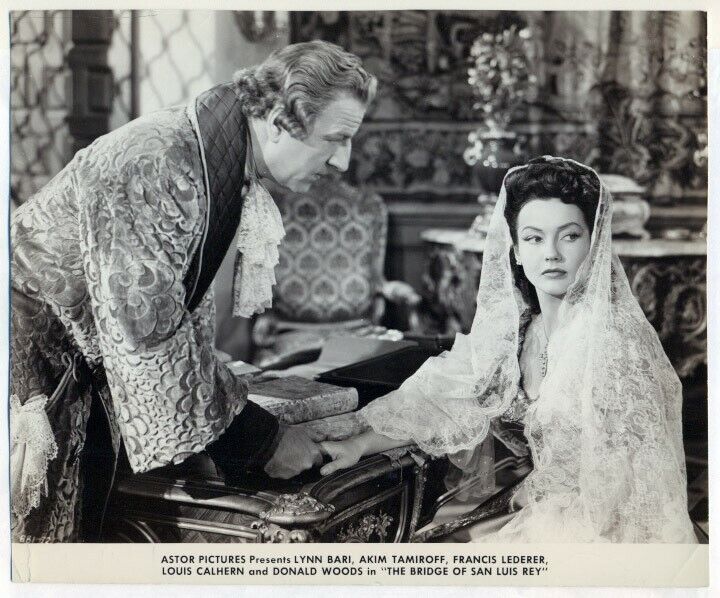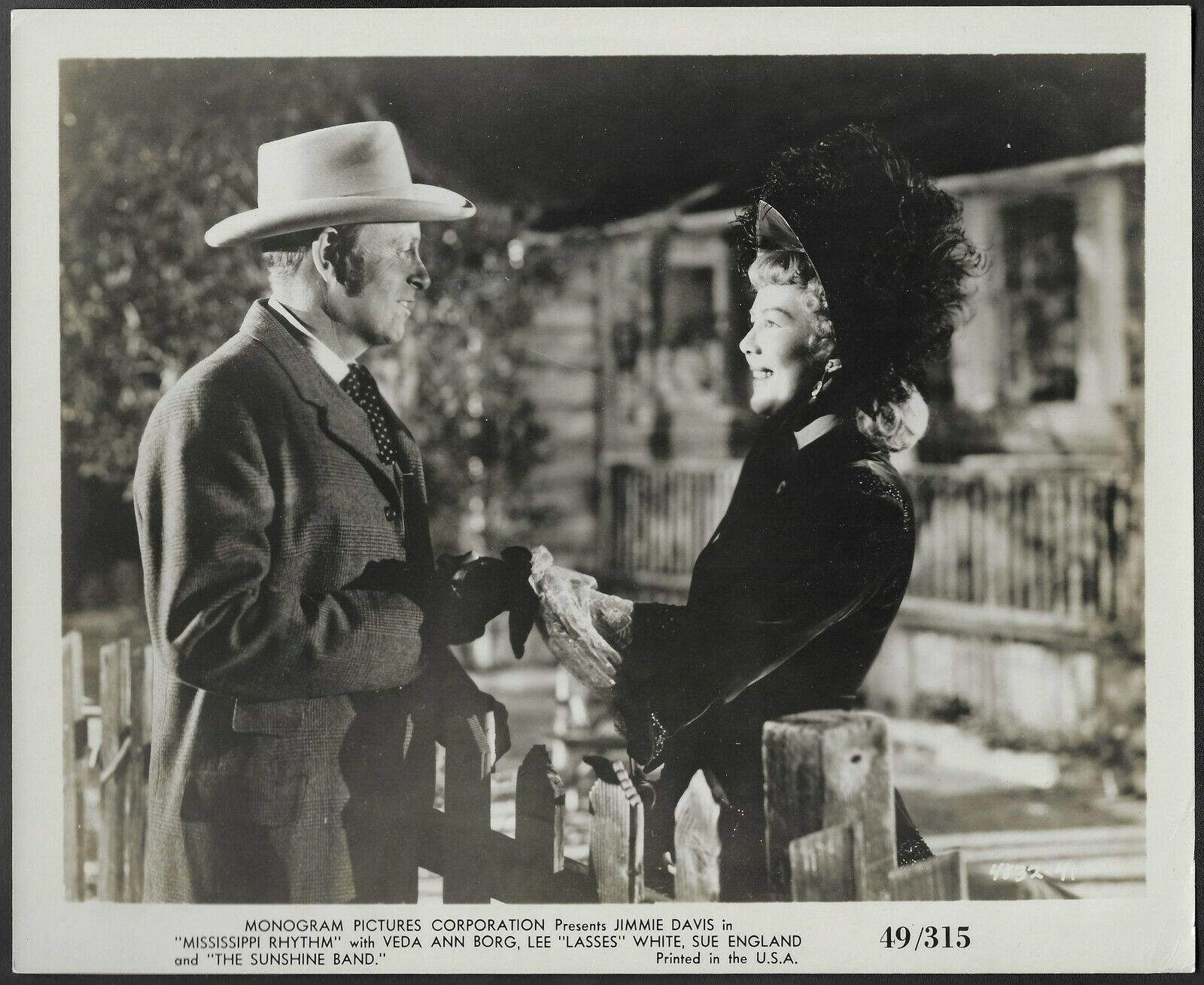-40%
Early Marilyn Monroe Rare Vintage Large Format Andre de Dienes Pin-Up Photograph
$ 13.72
- Description
- Size Guide
Description
ITEM: This is a remarkable, vintage and original, large format gelatin silver photograph of a young and vibrant Marilyn Monroe from her first photo shoot with Andre de Dienes in 1945, printed later. The pin-up model and aspiring actress is a winsome beauty as she poses on a farm in a pretty, frilly pinafore dress and a ribbon in her hair while she cradles a baby goat.In 1945 Dienes met the nineteen-year-old Marilyn Monroe, then called Norma Jeane Baker, who was a model on the books of Emmeline Snively’s Blue Book Model Agency. In his memoirs Dienes described the first time he met Monroe saying "...it was as if a miracle had happened to me. Norma Jeane seemed to be like an angel. I could hardly believe it for a few moments. An earthly, sexy-looking angel! Sent expressly for me!" Norma Jeane had recently separated from her husband, James Dougherty and told Dienes of her wish to become an actress. Dienes suggested that they go on a road trip to photograph her in the natural landscapes.This is a superb, first-rate portrait of Monroe!
Famous for playing comic "blonde bombshell" characters, Monroe became one of the most popular sex symbols of the 1950s and was emblematic of the era's attitudes towards sexuality. Although she was a top-billed actress for only a decade, her films grossed 0 million by the time of her unexpected death in 1962. More than half a century later, she continues to be a major popular culture icon.
Photograph measures 10.25" x 12.5" without margins, as created, on a glossy, double weight paper stock with the photographer's ink stamps on verso. This was hand printed by the photographer, and shows two of his ink stamps. This comes from the legendary Kim Goodwin collection.
Guaranteed to be 100% vintage and original from Grapefruit Moon Gallery.
More about Marilyn Monroe:
On the morning of Aug. 5, 1962, Monroe was discovered lifeless by her housekeeper. Her death was subsequently declared a suicide by barbiturate overdose. A devastated DiMaggio claimed the body and arranged for a private funeral, which was attended by just 25 mourners, including Lee Strasberg, who delivered her eulogy. In fact anyone who DiMaggio felt contributed to Monroe's downward spiral - including members of the Rat Pack, etc. - were banned from attending. She was interred in a crypt at Westwood Memorial Cemetery, which received a dozen red roses from DiMaggio three times a week for over 20 years. Hollywood and the public at large grieved over her early passing, but in the decades following her death, the respectful attitude towards Monroe's demise gradually transformed into an obsessive hunt for clues and theories that would explain her death as homicide. Monroe had allegedly carried on affairs with President Kennedy and his brother Robert, and rumors swirled that she had been eliminated by political powers in order to keep the dalliances secret, or even to prevent her from leaking important secrets In fact, DiMaggio was among the more vocal supporters of this theory and refused anything to do with a Kennedy ever after. Others suggested that the Mafia was the culprit, or that she had been killed to cover up mistakes made by her psychiatrist. Lack of evidence - as well as a missing diary - prevented the incident from being reported as more than just "probable suicide," but such facts were unable to stem a virtual tide of tell-all biographies and publications that focused on the sordid details of her life and what may or may not have done in the doomed beauty. Equally distasteful were searches to uncover pornographic films allegedly shot by Monroe during her lean years. For decades, a short titled "Apple Knockers and Coke" was described as proof positive that she had made a stag film, but subsequent research revealed that the actress in the film was in fact one-time Playmate Arline Hunter, whose resemblance to Monroe had been her chief selling point. In 2008, Monroe collector Keya Morgan purportedly purchased a pornographic film with Monroe from a former FBI informant, but the validity of the item was quickly dismissed. While conspiracy theorists spun their webs around Monroe's demise, the brighter aspects of her short life - her films and her iconic image - continued to serve as inspiration for generations of fans and admirers. Monroe's open and honest sexuality served as a touchstone for countless actresses who followed in her footsteps, many of whom took deliberate pages from her life and career to draw attention to their own. As late as 2008, actress Lindsay Lohan was featured semi-nude in a layout shot by Bert Stern that copied his session for Monroe in exacting detail. Images of Monroe also became among the most popular and best-selling Hollywood memorabilia, which resulted in Monroe being named the only female on a list of "top-earning" dead celebrities by Forbes magazine. The brisk trade in Monroe-related items eventually led to serious court battles between corporate entities who held rights to Monroe's likeness and image, the photographers who captured her on film during her career, and the Strasberg family, who were the recipients of 75 percent of her estate after her death. Monroe's life also served as source material for several films, including the 1980 TV-movie "Marilyn: The Untold Story," with Catherine Hickland as Monroe; "Norma Jean and Marilyn" (HBO, 1996), with Ashley Judd and Mira Sorvino essaying her pre- and post-fame life; and "Blonde" (2001), with Poppy Montgomery in an adaptation of Joyce Carol Oates' novel about her life. Monroe was also featured in numerous features and TV productions about the Kennedys and the Rat Pack, and could be counted on to represent the spirit of old Tinseltown glamour in all manner of productions. In fact, of all the Hollywood icons - save Chaplin, Bogart and Elvis - Monroe's appeal - her unique look, her tragic life, her legend - stood the test of time like no other twentieth century entertainers also struggling with depression and seeing her psychiatrist almost daily; she was also consuming a regular diet of prescription pills to contend with physical and mental exhaustion, mixing those with alcohol. Miller attempted to halt the downward slide of their relationship by penning a drama titled "The Misfits" for her, about the relationship between a depressed divorcee (Monroe) and an aging cowhand, played by Clark Gable. But by the time the film had gone into production, the marriage had unraveled beyond repair, and the production itself became plagued by her undeniable mental health problems. Director John Huston shut down the production in August of 1960 to send her to a rehabilitation program, but Monroe's problems continued unabated after her return. Then even more tragedy struck. Only three days after production wrapped, the man who a young Norma Jean had gone to sleep in foster homes dreaming was her real father, Clark Gable, died of a heart attack three days after production concluded in November of 1960. Tabloids made hay from statements by the actor's widow that his death had been brought on by his insistence on doing his own stunts as a means of dealing with Monroe's constant tardiness on the set. For Monroe, this helped send her over the edge. By the time the film premiered in 1961, her emotional problems and addictions had landed her in the Payne Whitney Psychiatric Clinic, from which she was unable to secure a release. In desperation, she reached out to DiMaggio, who still carried a torch for her despite their divorce five years earlier, and he arranged for her discharge. Monroe later joined him in Florida where he was working as a batting coach for the Yankees, and rumors began swirling that the couple was intending to remarry. But the reunion was short-lived, and Monroe began joining such hard-living types as Frank Sinatra on the party circuit. According to sports biographer Maury Allen, DiMaggio asked for Monroe's hand again as a means of rescuing her from her apparent downward spiral, but Monroe was caught up with a new crowd - one that DiMaggio would ultimately blame for her demise. She returned to Hollywood to begin work on a new picture, "Something's Got to Give," a comedy for George Cukor about a woman, believed dead, who reappears in her husband's life on the day he planned to remarry. But by the first day of production in April of 1962, it was clear to all involved, including co-star Dean Martin, that Monroe's participation in the film would be sporadic at best; with various "illnesses" forcing her absence for weeks on end. Surprisingly - the same week she was unable to work on set - she found the fortitude to fly to NYC to perform at a birthday party for President John F. Kennedy at Madison Square Garden in May of that year. Her sultry rendition of "Happy Birthday" for Kennedy would be her last notable public appearance and would later come to mean much, much more, after her tawdry, tragic affair with the president - as well as his brother, Attorney General Robert F. Kennedy - came to light years later. Monroe returned to Hollywood with a novel and daring idea to publicize the film; she would be the first major film actress to appear nude on screen, and the pool frolic was covered extensively by photographers, particularly LIFE magazine which ran the naked pictures on its cover. But less than a month later, Monroe's consistent absence resulted in her being fired from the film - a great public humiliation for the fragile actress. She retreated to her home to give several interviews in which she expressed bitterness over the direction that her career had taken. She also participated in two photo sessions, including one for photographer Bert Stern that featured Monroe in a semi-nude state. It would subsequently be known as "The Last Sitting.""
Biography From: TCM | Turner Classic Movies
More about Andre de Dienes:
Andre de Dienes was born in 1913 in what is now Romania. After arriving in Paris in 1933, he became a photographer for the Communist newspaper L’Humanité. He began working as a fashion photographer for Parisian couturiers and moved to New York in 1938 with the help of Esquire magazine editor Arnold Gingrich. In New York he worked photographed for Esquire, Vogue or Life. In 1951, de Dienes moved to Hollywood and began to photograph movie stars and to experiment with nudes and landscapes. In 1945, De Dienes was the first professional photographer to photograph Marilyn when she was just a model named Norma Jeane Baker. One of Marilyn’s first lovers, de Dienes had the privilege of knowing the private Marilyn. These iconic, intimate photographs capture her transformation from sensitive and ambitious ingénue into Marilyn Monroe, troubled star. His memoir Marilyn Mon Amour was published in 1985. Taschen published the monumental monograph Marilyn in 2002. Twenty-four books of his nudes have been published.
Biography From: Steven Kasher Gallery

